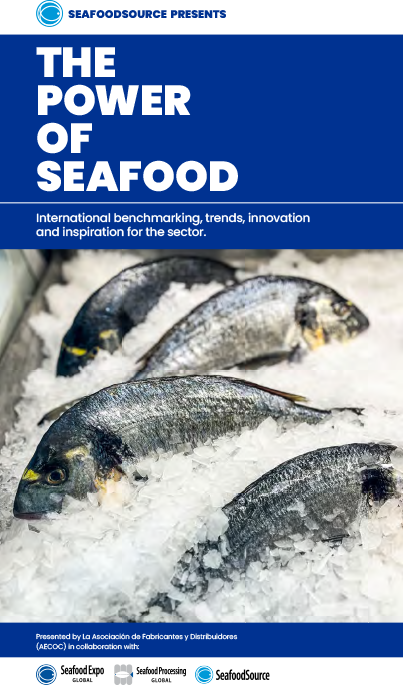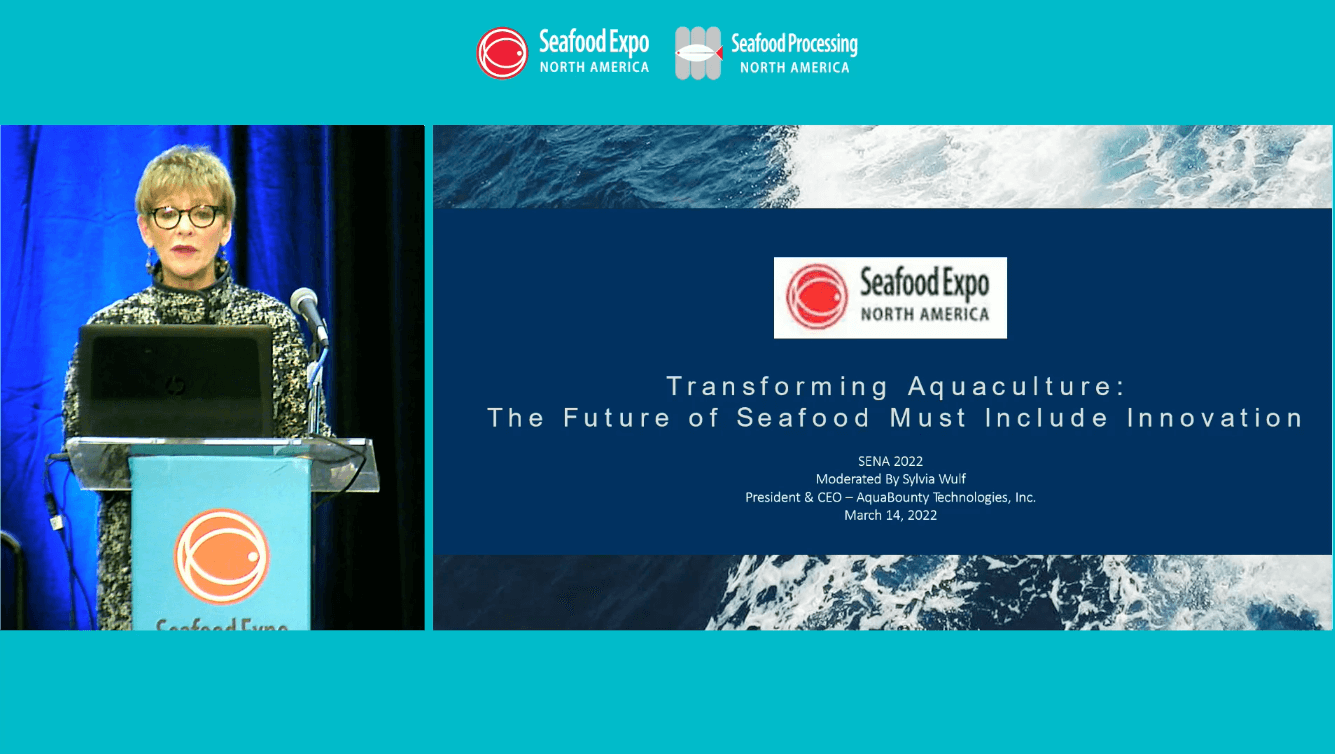Filters
Product Categories
How Fishsource and New FAO ID Codes Will Revolutionize The Seafood Industry

The day before U.S. Election Day on 8

An American Icon: Understanding the Maine Lobster Industry

Global seafood purchasing and consumption habits are changing rapidly. This report presented by by La asociación de fabricantes y distribuidores (AECOC) in collaboration with Seafood Expo Global/Seafood Processing Global (SEG/SPG), will share the findings of an in-depth study on the most innovative solutions in product, packaging, communication and in-store activation to engage shoppers buying seafood in retail. The report will also highlight how international retailers are attracting consumers to the seafood section and their winning strategies.

One of the side effects of EMS devastating shrimp supplies in Southeast Asia was a surge in interest in alternative markets such as Ecuador. Since then, the South American nation has capitalized on the increased demand for its seafood products, and is fixing to remain a player. In this webinar, we'll discuss how Ecuador's output has grown and what is in the future for the seafood markets in that country.

Building a Sustainable Seafood Movement in China: Insights and Opportunities

Included Listing Features:
One-week Advertising Placement (10,000 impressions on SeafoodSource.com at an 80% discount!), Video Embed, Product Image, Company Name, Product Description, Geographical Markets Served, Contact Phone Number, Contact Name, Contact Email, Website URL, New or Featured Category Listing

Moderator: Eric Enno Tamm, ThisFish
Speakers: Mark Hager, New England Marine Monitoring
Artificial intelligence (AI) is already part of our daily lives. Google Maps, Amazon recommendations, Facebook ads—all these technologies are powered by some kind of AI. So, how is AI going to disrupt the seafood industry? Because of the natural variability of fish, it is often difficult for fish farmers, fishermen and seafood processors to predict quality and production outcomes, such as yields, since there are so many variables. As it turns out, that's a perfect problem for artificial intelligence which is set to disrupt the seafood industry. In this session, you'll learn about what is AI and how it is used, what are its current applications in the seafood industry and what is cutting-edge research currently being conducted in the industry.

Included Listing Features:
Video Embed, Product Image, Company Name, Product Description, Geographical Markets Served, Contact Phone Number, Contact Name, Contact Email, Website URL, New or Featured Category Listing

Moderator: Sylvia Wulf, AquaBounty
Speakers:
- Chef Charlie Baggs, Charlie Baggs Culinary Innovations
- Joe Lasprogata, Samuels Seafood
- Elana Natker, Sage Leaf Communications, LLC
- Yonathan Zohar, University of Maryland
The recent report from the International Panel on Climate Change (IPCC) stated that global warming is likely to rise around 1.5 degrees-C within the next 20 years. Aquaculture in marine and freshwater environments is extremely vulnerable to the growing impacts of extreme weather and climate change that will accompany this temperature rise. Given the short runway to find viable solutions to mitigate the worst impacts, and to ensure food security for the world’s growing population, we will need to deploy the rapidly developing tools from the biotechnology sector. Cultivating what are essentially wild organisms in farm settings has many challenges when it comes to growth and feed efficiency, not to mention disease resistance and other desirable production traits. Farming seafood will become even more challenging in the rapidly changing and increasingly unpredictable environment. Innovation and the use of technology – including genetic engineering and gene editing – are viable solutions to provide a safe, secure and sustainable source of fresh seafood. It is not difficult to imagine the development of more temperature-tolerant, disease-resistant, and faster-growing aquatic species for aquaculture use coming down the road. This session will explore the importance of innovation in the seafood industry and the potential of using technology, and specifically biotechnology, to mitigate the adverse impacts of climate change on aquaculture.
